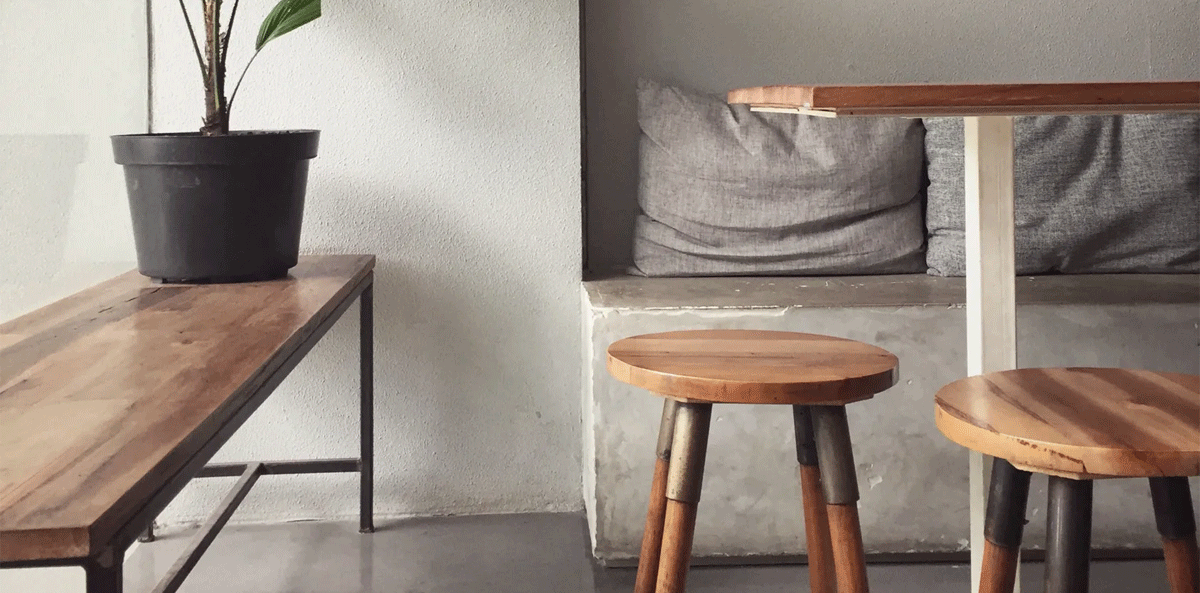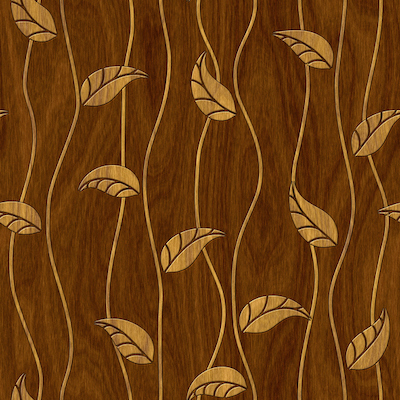

Using veneer for furniture making gives you the opportunity to use exotic - sometimes expensive - woods in a cost effective way. Tables, chairs, cabinets and desks can all benefit from being made with veneer.
Veneered furniture is considered a luxury item. High quality veneers are stable and durable - and with hundreds of veneers to choose from, they give you a choice of many natural patterns, colours and grains to achieve the look you want.
Veneered furniture may also not be as heavy as furniture made of solid wood.

Some of the most popular veneers for furniture making are ash, oak, cherry, mahogany and walnut.
Each species offers its own reasons for choosing it. Ash is very malleable, oak is extremely strong, whereas mahogany is a sophisticated looking wood which has been used in furniture making for centuries.
These are just a few examples; the UV Group has more than 500 exotic veneers for you to choose from.

The simplest use is when a whole sheet of veneer is applied to the surface of another stable piece of wood such as MDF or plywood. The veneer is chosen for its colour and grain and gives a consistent look across the piece of furniture.
A more complex use of veneer is crossbanding, which involves small pieces of veneer being fitted together so that the grain creates a pattern. This process can produce complex fan patterns and floral shapes which reflect different tones depending on the light.

Veneer can also be used for inlays, where cutout pieces of wood are inset into cavities cut into the furniture. Inlays may also be made out of metal or other materials. An example of its use could be a chest of drawers made out of one wood, with drawers having inlays made out of a second veneer.
The most elaborate type of veneering is called marquetry, where the wood is placed at angles to create a intricate, patterned effect. Marquetry is typically created using knife-cut veneers and is added to ornate furniture and decorative items, such as jewellery boxes.
An example of intricate veneered marquetry is pictured.
Veneered furniture can be finished by being sanded, stained or lacquered. This can be both to enhance the look and to increase durability of the piece.